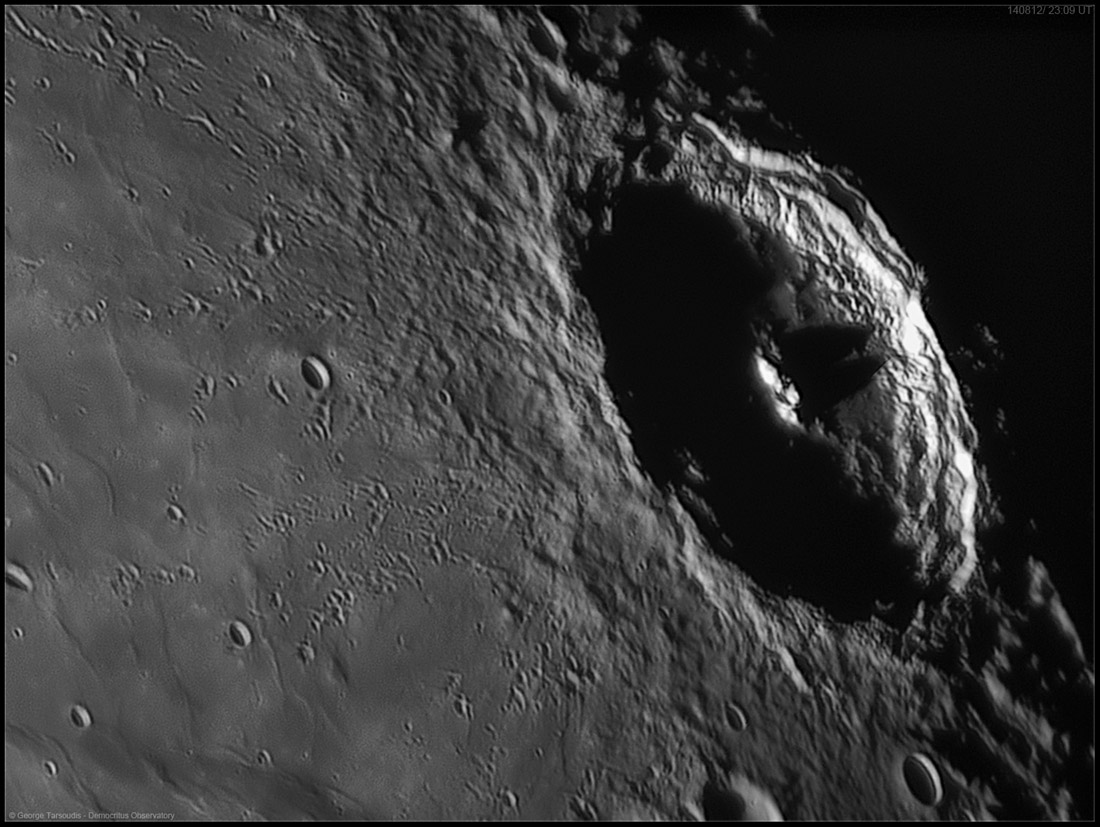Difference between revisions of "August 17, 2014"
| (2 intermediate revisions by the same user not shown) | |||
| Line 1: | Line 1: | ||
__NOTOC__ | __NOTOC__ | ||
=Perpetual Youth= | =Perpetual Youth= | ||
| + | <!-- Start of content --> | ||
<!-- ws:start:WikiTextHeadingRule:0:<h1> --> | <!-- ws:start:WikiTextHeadingRule:0:<h1> --> | ||
<!-- ws:start:WikiTextLocalImageRule:6:<img src="/file/view/LPOD-Aug17-14.jpg/518714764/LPOD-Aug17-14.jpg" alt="" title="" /> -->[[File:LPOD-Aug17-14.jpg|LPOD-Aug17-14.jpg]]<!-- ws:end:WikiTextLocalImageRule:6 --><br /> | <!-- ws:start:WikiTextLocalImageRule:6:<img src="/file/view/LPOD-Aug17-14.jpg/518714764/LPOD-Aug17-14.jpg" alt="" title="" /> -->[[File:LPOD-Aug17-14.jpg|LPOD-Aug17-14.jpg]]<!-- ws:end:WikiTextLocalImageRule:6 --><br /> | ||
| Line 13: | Line 14: | ||
<br /> | <br /> | ||
<strong>Related Links</strong><br /> | <strong>Related Links</strong><br /> | ||
| − | <em>[ | + | <em>[[21st Century Atlas of the Moon|21st Century Atlas]]</em> chart 3.<br /> |
George's [http://www.lunar-captures.com website] & Facebook [http://www.facebook.com/gtarsoudis page]<br /> | George's [http://www.lunar-captures.com website] & Facebook [http://www.facebook.com/gtarsoudis page]<br /> | ||
<p><b>Yesterday's LPOD:</b> [[August 16, 2014|The Moon Wins]] </p> | <p><b>Yesterday's LPOD:</b> [[August 16, 2014|The Moon Wins]] </p> | ||
<p><b>Tomorrow's LPOD:</b> [[August 18, 2014|Balmer or Balmy?]] </p> | <p><b>Tomorrow's LPOD:</b> [[August 18, 2014|Balmer or Balmy?]] </p> | ||
<hr /> | <hr /> | ||
| + | {{wiki/ArticleFooter}} | ||
Latest revision as of 07:23, 28 October 2018
Perpetual Youth

image by George Tarsoudis, Alexandroupolis - Greece
We don't know when Langrenus formed. It is older than Copernicus (0.8 b.y.), and perhaps a similar age or younger than Theophilus (estimated to have formed 3.0 b.y. ago). This crater is immensely old by terrestrial standards, but there is only one crater on its floor that is larger (just slightly) than 2 km, and only a few larger ones superposed on its ejecta blanket. The nearly pristine condition of Langrenus shows that very little has happened on this part of the Moon over the last half of solar system history. That is truly amazing compared to the inexorably dynamic planet next door. Let's guess that Langrenus formed 2.5 b.y. ago. Earth is unrecognizably different today from what it was 2.5 b.y. ago. Few rocks remain from that distant time so we don't know what the landscape looked like in any detail. It is uncertain if broad continents even existed, but volcanism apparently was much more intense than today. Cyanobacteria was the dominant life form, and its excretion of the waste product oxygen was about to transform the chemistry of the atmosphere, and cause a prolonged snowball Earth episode. In short, comparison of an image of Earth from when Langrenus was formed, with an image from today, could be interpreted as two different planets. And yet, the Moon serenely orbited its parent, slowly creeping further away, and looking almost the same as today. Erosion rates on the Moon during the last 3 billion years have been nearly zero by comparison to Earth's turmoil. Too bad there was not a tiny digital camera on the Moon, capturing one image of Earth every million years - what an action-filled movie that would be.
Chuck Wood
Technical Details
August 12, 2014. Telescope SkyWatcher 14 inch @f/4.5, camera Unibrain Fire-i 785, filter RG 610, barlow 3X.
Related Links
21st Century Atlas chart 3.
George's website & Facebook page
Yesterday's LPOD: The Moon Wins
Tomorrow's LPOD: Balmer or Balmy?
COMMENTS?
Register, Log in, and join in the comments.



